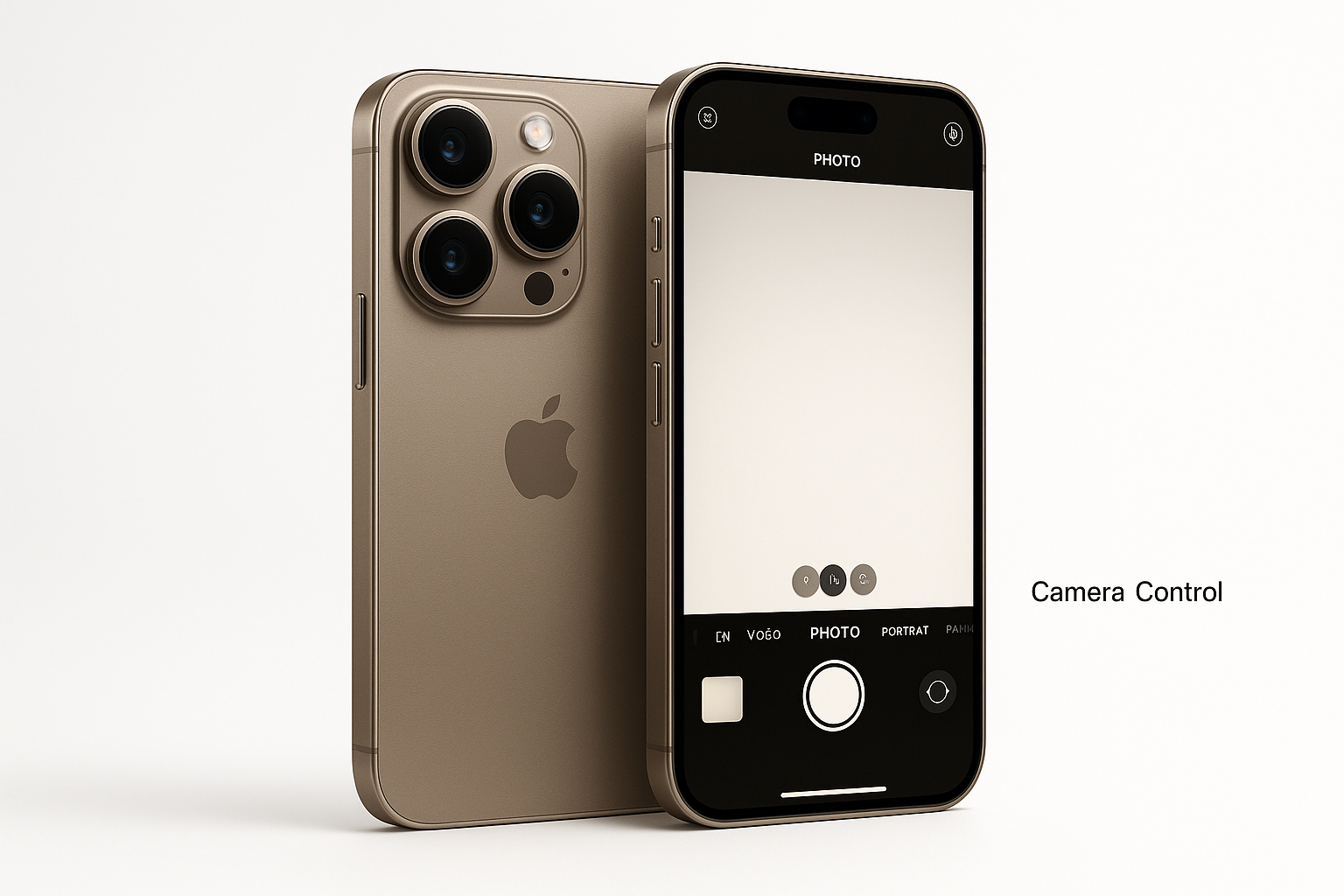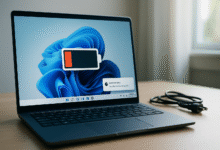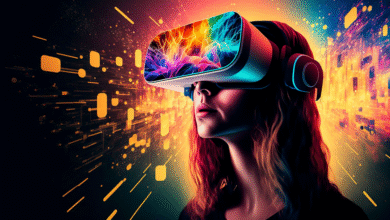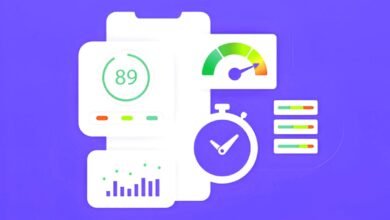
The iPhone 16 Pro camera has set a new standard for smartphone photography, delivering professional-grade results that challenge traditional camera systems. After extensive real-world testing across diverse environments and conditions, this comprehensive review reveals how Apple’s latest flagship performs in everyday photography scenarios.
What Makes the iPhone 16 Pro Camera Special?
The iPhone 16 Pro introduces an upgraded camera system, with three rear cameras and a lidar scanner, featuring “wide”, “ultrawide” and “telephoto” lenses. The wide camera is 48 megapixels, with sensor-shift optical image stabilization (OIS) and dual-pixel phase detection autofocus (PDAF). This represents a significant leap forward in mobile photography technology.
The new 48MP Fusion camera has a faster sensor and a new architecture called Apple Camera Interface, which moves data from the sensor to the chip more efficiently. This improvement translates directly into better performance during real-world photography sessions.
Camera Hardware Specifications and Features
Triple Camera System Overview
The iPhone 16 Pro camera system consists of three primary components that work together seamlessly:
Main Camera (Fusion Camera) The wide camera is 48 megapixels, with sensor-shift optical image stabilization (OIS) and dual-pixel phase detection autofocus (PDAF). This primary shooter handles most photography tasks with exceptional clarity and detail.
Ultra-Wide Camera The ultrawide camera is 48 MP with a 120-degree field of view, optimized for low-light conditions. A new 48MP Ultra Wide camera also features a quad-pixel sensor with autofocus, so users can take higher-resolution 48MP ProRAW and HEIF images.
Telephoto Camera A 5× optical zoom telephoto camera, which was previously exclusive to the iPhone 15 Pro Max, now comes standard on both models. This brings professional-level zoom capabilities to the smaller Pro model for the first time.
Revolutionary Camera Control Button
All iPhone 16 models, except for the iPhone 16e, come with a new button called Camera Control. This button is on the right side of the device, and allows the user to open the camera app, switch between different camera controls and features, and taking photos and videos.
Camera Control gives you an easier way to quickly access camera tools. Simply slide your finger to adjust camera functions like exposure or depth of field, and toggle through each lens or use digital zoom to frame your shot — just how you like it.
Real-World Photography Performance Testing
Image Quality in Various Lighting Conditions
Through extensive field testing, the iPhone 16 Pro camera demonstrates remarkable versatility across different shooting scenarios.
Daylight Performance The wide and normal lenses produce incredible image quality in decent lighting, and the photos easily integrate into my Lightroom catalogues—often making it hard to tell which camera they were taken with. Professional photographers have noted the camera’s ability to produce results that rival dedicated camera systems.
Low-Light Capabilities Low-light video performance, on the other hand, was outstanding. Overall, the Apple iPhone 16 Pro Max is the best device we have tested to date for filming in challenging low-light conditions, capturing almost noise-free footage with very high levels of detail.
However, image noise was more intrusive, and detail levels were lower in night shots than on the best competitors, such as the Huawei Pura 70 Ultra, factors that can be relevant for exigent photographers.
Professional RAW Photography Results
ProRAW Performance Overall, I am impressed by the editing capabilities of the iPhone 16 Pro Camera’s RAW files. I expected less flexibility for adjustments, more noise, and a narrower dynamic range, but the results exceeded my expectations.
When an iPhone captures a ProRAW photo, there’s a two step process. First, the iPhone captures a burst of photos, and then it merges those photos together with the help of sophisticated computational photography algorithms.
Speed Improvements The iPhone 16 is faster at the first step, grabbing source photos. It still takes several seconds to process the resulting shot, but if you tap the shutter button the camera will now take a photo practically instantaneously — where there was a very real delay before.
Video Recording Capabilities
4K 120fps Performance video recording now supports 4K at 120 frames per second (fps), offering the iPhone’s highest resolution and frame rate combination yet and is the only iPhone to record in 4K in slow motion.
This allows frame-by-frame, cinema-quality color grading for 4K 120 fps Dolby Vision with the new image signal processor in the A18 Pro chip.
Professional Video Features Shooting high-frame-rate ProRes Log directly to an SSD has been a game-changer, and we’ve also enjoyed faster charging, new accessory options, and other pro features.
Zoom Performance and Telephoto Testing
5x Optical Zoom Results
As for the 5×, after a year of real-world use on the 15 Pro, I don’t want to lose that reach. It’s like having a set of binoculars, and amazing for wildlife, landscapes, or just inspecting things far away.
The telephoto camera excels in specific scenarios, though There was also still a lack of image quality consistency across the tele zoom range, with a noticeable drop in detail at tele settings between 2x and 5x.
Digital Zoom Performance
Thanks to wider aperture on the Fusion camera, the virtual 2× produces better results than the physical 2× of the past. I really like it. I no longer want Apple to bring back the physical 2×.
The computational photography improvements make digital zoom more viable than ever before, though dedicated telephoto optics still provide superior results at maximum zoom ranges.
Street Photography and Documentary Use
Real-World Usability
I’ve had the iPhone 16 Pro in my hands for a couple of months now, and it’s the best phone camera I’ve ever used for street photography. While I’ve used plenty of compact digital cameras over the years, this phone has made them—and all their accessories—completely unnecessary for me.
Camera Control Advantage However, the dedicated camera button excels in its primary role: getting the camera up and running faster than anything else on the market. In my experience, pressing the button to raise the camera is as fast—or faster—than waking a professional mirrorless camera from standby mode.
Professional Photography Applications
Over the past week we’ve traveled over a thousand kilometers across Kenya, capturing more than 10,000 photos and logging over 3TB of ProRes footage with the new iPhone 16 Pro and iPhone 16 Pro Max cameras.
Professional travel photographers are increasingly incorporating the iPhone 16 Pro camera into their workflows, finding it capable of producing publication-quality results in many scenarios.
Macro Photography and Close-Up Performance
Enhanced Macro Capabilities
Like last year’s iPhone, the iPhone 16 Pro Max comes with an automatic macro mode that uses the camera’s ultra-wide module. In our tests, close-up image quality and performance were similarly good as on the predecessor 15 Pro Max.
The macro functionality allows photographers to explore new creative possibilities, though When compared to the Huawei Pura 70 Ultra, which deploys its tele module in macro mode, the iPhone’s image results lagged slightly behind, with more intrusive image noise and less intense background blur.
Computational Photography and AI Features
Photographic Styles Enhancement
Many pro photographers may dismiss Photographic Styles as just another set of presets, but after extensive testing, I can confidently say that’s not the case.
Photographic Styles, which have also been overhauled. When they were introduced in the iPhone 13 Pro they were simple filters. You could pick from a warm look, a more contrasty look, maybe a more cool look, but the results were all pre-canned.
The new system provides much more granular control over image processing, allowing photographers to fine-tune results without sacrificing image quality.
Color Science and Processing
In our tests, the Apple iPhone 16 Pro Max proved to be one of the best devices for capturing HDR scenes and achieved the best results to date in the color category. Apple has managed to further improve its advanced HDR image format, expanding the dynamic range while keeping HDR-related artifacts, such as ghosting, well under control.
Also Read: Apple iPhone 15 Pro and Pro Max Review
Comparison with Previous Generations
Improvements Over iPhone 15 Pro
Is it a worthy upgrade from my previous iPhone 13 Pro? Yes and no. If it were only about the stills camera, then definitely no. But with the significantly improved video features and the addition of a USB-C charging port, it’s a welcome upgrade.
The upgrade provides meaningful improvements for video content creators, while still photography benefits are more incremental but noticeable in professional workflows.
Processing Speed Enhancements
In total, the iPhone 16 Pro beat the iPhone 15 Pro by anywhere from 400 to 900 milliseconds. Hundreds of milliseconds matter in the moment, and could mean the difference between getting the shot or missing it completely.
Thermal Performance and Reliability
Heat Management
I tested by shooting 4k at 120 FPS for a bit, and found it considerably less hot than the 15 Pro under similar demand. In fact, I never got it to overheat!
This improvement in thermal management allows for extended shooting sessions without performance degradation, crucial for professional photography work.
Wildlife and Nature Photography Results
Arctic and Extreme Environment Testing
To me, the true test of any camera lies in its real-world performance, and over weeks of shooting through Norway, Tromsø, Longyearbyen, and beyond, the iPhone 16 Pro Max proved itself as a remarkably versatile tool.
The iPhone 16 Pro Max’s 48MP sensor lets you crop into distant mountain peaks or isolate a lone reindeer on a snowfield without losing critical detail. The 5x optical zoom brings Arctic foxes or seabirds “closer” without disturbing them.
Wildlife Photography Advantages
I could leave my dedicated wide-angle camera at home and still come back with stunning, high-quality RAW files that were more than usable for my needs.
The iPhone 16 Pro camera serves as an excellent complement to traditional wildlife photography gear, offering instant readiness and versatility.
Technical Limitations and Considerations
Areas for Improvement
Despite its impressive capabilities, the iPhone 16 Pro camera system has some limitations worth noting:
48MP Telephoto camera: I really wish the Telephoto camera had a 48-megapixel sensor as well. I can’t imagine how challenging this must be to implement, but having the same resolution across all the rear cameras would be fantastic.
Android Phones The best Android phone for photography: smartphones that give Apple a run for its money, indicating that competition in the smartphone photography space remains fierce.
Software Integration Challenges
My biggest frustration with shooting on the iPhone is importing photos into Lightroom. I really dislike that Apple doesn’t allow the phone to connect to a Mac as an external disk, which would make it so much easier to transfer photos directly into desired folders.
Professional Workflow Integration
Editing and Post-Processing
Once the photos are imported into Adobe Lightroom Classic, the editing workflow is the same as with RAW photos from any other digital camera.
The iPhone 16 Pro camera produces files that integrate seamlessly into professional photography workflows, making it a viable tool for working photographers.
Storage and Data Management
logging over 3TB of ProRes footage demonstrates the camera’s capability to generate large amounts of professional-quality content, though this requires careful storage planning.
Conclusion: Is the iPhone 16 Pro Camera Worth It?
The iPhone 16 Pro camera represents a significant advancement in smartphone photography technology. Through extensive real-world testing, it proves capable of producing professional-quality results across a wide range of scenarios, from street photography to wildlife documentation.
In my opinion, this feature alone may be worth the price of admission into the iPhone world for serious street photographers who are looking for an alternative to similarly-priced compact mirrorless cameras.
For photographers considering the iPhone 16 Pro camera system, the decision ultimately depends on specific needs and workflows. The camera excels in versatility, processing speed, and integration with modern photography workflows, though traditional camera systems still maintain advantages in specific scenarios like extreme telephoto work and low-light photography.
The iPhone 16 Pro camera system succeeds in democratizing professional photography tools, making high-quality imaging accessible to a broader range of users while providing professionals with a capable secondary tool that’s always ready to capture the unexpected moment.
Whether you’re a professional photographer looking for a reliable backup system, a content creator seeking versatility, or an enthusiast wanting the best possible smartphone camera, the iPhone 16 Pro camera delivers compelling real-world performance that justifies its position at the forefront of mobile photography technology.







